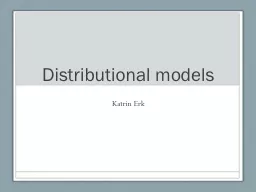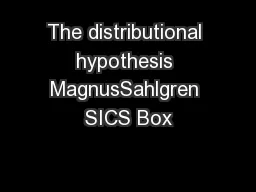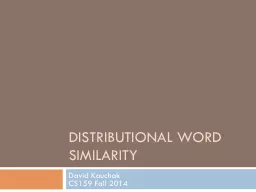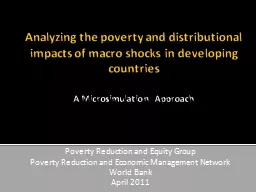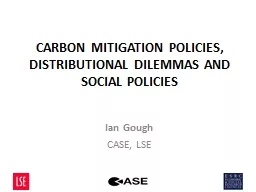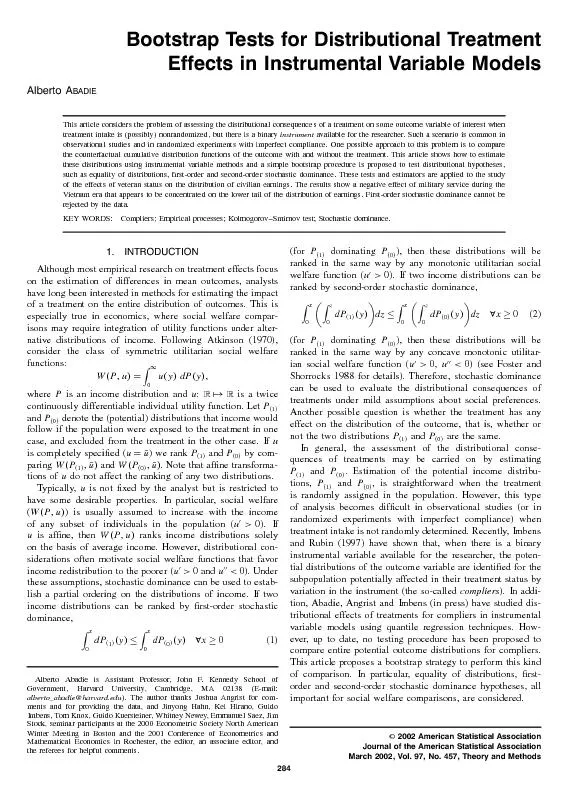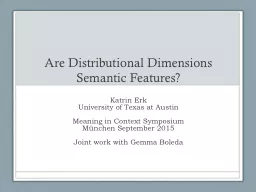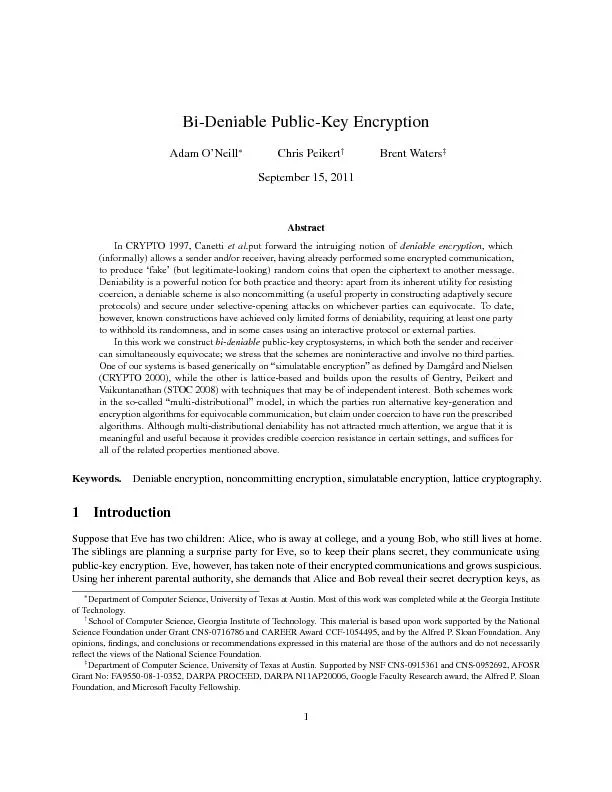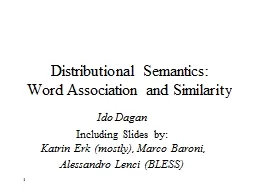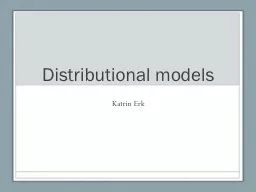PPT-Distributional models
Author : marina-yarberry | Published Date : 2017-10-28
Katrin Erk You can get an idea of what a word means from observing it in context He filled the wampimuk passed it around and we all drank some We found a little
Presentation Embed Code
Download Presentation
Download Presentation The PPT/PDF document "Distributional models" is the property of its rightful owner. Permission is granted to download and print the materials on this website for personal, non-commercial use only, and to display it on your personal computer provided you do not modify the materials and that you retain all copyright notices contained in the materials. By downloading content from our website, you accept the terms of this agreement.
Distributional models: Transcript
Download Rules Of Document
"Distributional models"The content belongs to its owner. You may download and print it for personal use, without modification, and keep all copyright notices. By downloading, you agree to these terms.
Related Documents

